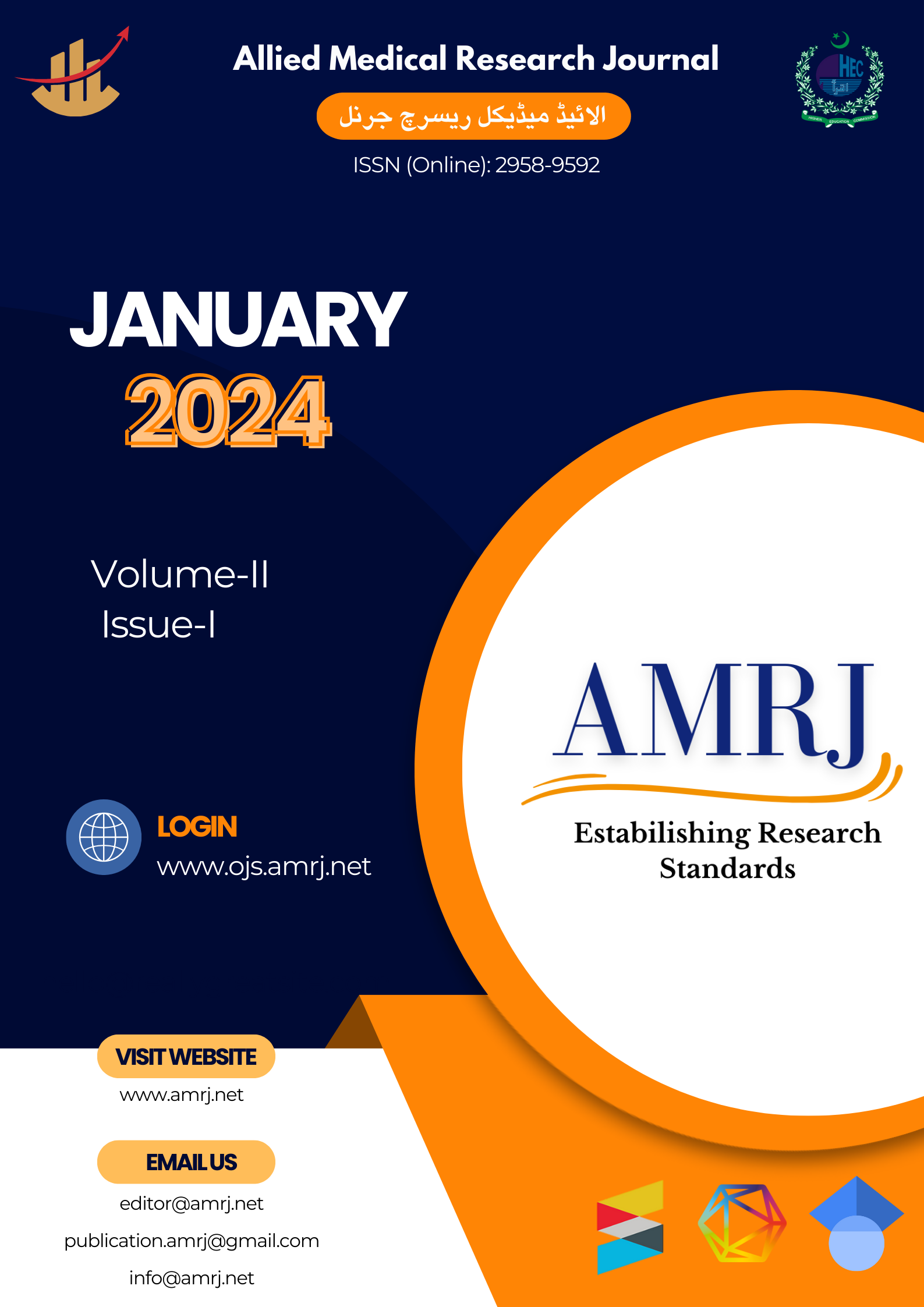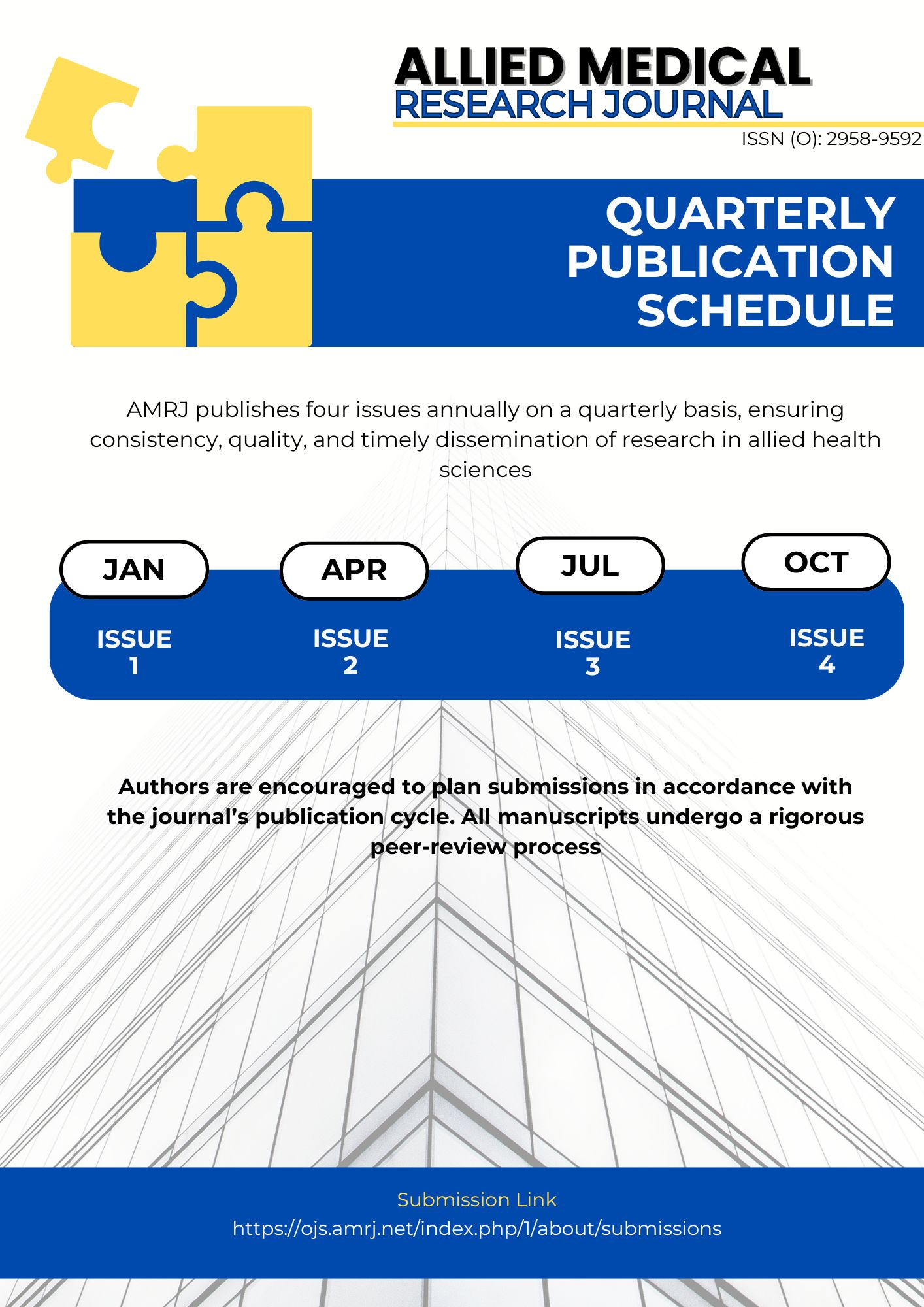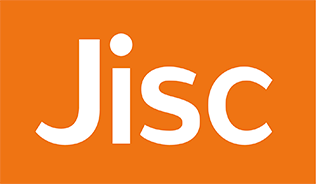Impact of Low-Volume High-Intensity Interval Training and Moderate-Intensity Continuous Training on Physical Performance and Quality of Life among Postmenopausal Women
Effect of Exercise on Postmenopausal Women's Well-being
Keywords:
Cardiorespiratory Fitness, Exercise, Obesity, Quality of LifeAbstract
Background: Menopause is one of the life stages for women that marks the end of reproductive years. Physical, emotional, mental, and social well-being can all be impacted by the hormonal changes brought on by menopause. Hence, the study aims to determine the effect of Moderate-Intensity Continuous Training (MICT) and High-Intensity Interval Training (HIIT) on cardiovascular parameters and quality of life in postmenopausal females.
Methods: A two-arm, randomized controlled trial was conducted on40 postmenopausal females, recruited via envelop method of simple random sampling technique into Group-A, who received HIITand Group B, who received MICT. Firstly, informed consent was taken from the participants by explaining all the protocols and procedures. Following the assessment, both groups received six weeks of exercise training thrice a week with 40 minutes of HIIT and 50 minutes of MICT, respectively.
Results: Predicted VO2max increased statistically and practically significantly in response to the HIIT intervention (6.92 ml/kg/min; p=0.01), while it changed marginally and practically in the MICT group (2.8 ml/kg/min; p>0.05).
Conclusion: The results indicate that the HIIT groupexperienced a statistically and clinically significant improvement in predicted VO2max compared to a slight significant change observed in the MICT group.
References
Dalal PK, Agarwal M. Postmenopausal syndrome. Indian journal of psychiatry. 2015 Jul;57(Suppl 2):S222.
Secoșan C, Balint O, Pirtea L, Grigoraș D, Bălulescu L, Ilina R. Surgically induced menopause—A practical review of literature. Medicina. 2019 Aug 14;55(8):482.
Palacios S, Henderson VW, Siseles N, Tan D, Villaseca P. Age of menopause and impact of climacteric symptoms by geographical region. Climacteric. 2010 Oct 1;13(5):419-28.
Yahya S, Rehan N. Age, pattern and symptoms of menopause among rural women of Lahore. Journal of Ayub Medical College Abbottabad. 2002;14(3).
Monteleone P, Mascagni G, Giannini A, Genazzani AR, Simoncini T. Symptoms of menopause—global prevalence, physiology and implications. Nature Reviews Endocrinology. 2018 Apr;14(4):199-215.
Karvinen S, Jergenson MJ, Hyvärinen M, Aukee P, Tammelin T, Sipilä S, Kovanen V, Kujala UM, Laakkonen EK. Menopausal status and physical activity are independently associated with cardiovascular risk factors of healthy middle-aged women: cross-sectional and longitudinal evidence. Frontiers in endocrinology. 2019 Aug 30;10:589.
Hoier B, Olsen LN, Leinum M, Jørgensen TS, Carter HH, Hellsten Y, Bangsbo J. Aerobic high-intensity exercise training improves cardiovascular health in older post-menopausal women. Frontiers in Aging. 2021 Apr 23;2:667519.
Dąbrowska-Galas M, Dąbrowska J, Ptaszkowski K, Plinta R. High physical activity level may reduce menopausal symptoms. Medicina. 2019 Aug 11;55(8):466.
Palmer BF, Clegg DJ. The sexual dimorphism of obesity. Molecular and cellular endocrinology. 2015 Feb 15;402:113-9.
Karvonen-Gutierrez C, Kim C. Association of mid-life changes in body size, body composition and obesity status with the menopausal transition. InHealthcare 2016 Jul 13 (Vol. 4, No. 3, p. 42). MDPI.
Kapoor E, Collazo-Clavell ML, Faubion SS. Weight gain in women at midlife: a concise review of the pathophysiology and strategies for management. InMayo Clinic Proceedings 2017 Oct 1 (Vol. 92, No. 10, pp. 1552-1558). Elsevier.
Salaminia S, Mohsenzadeh Y, Motedayen M, Sayehmiri F, Dousti M. Hormone replacement therapy and postmenopausal cardiovascular events: a meta-analysis. Iranian Red Crescent Medical Journal. 2019 Feb 1;21(2).
Patel H, Alkhawam H, Madanieh R, Shah N, Kosmas CE, Vittorio TJ. Aerobic vs anaerobic exercise training effects on the cardiovascular system. World journal of cardiology. 2017 Feb 2;9(2):134.
Berin E, Hammar M, Lindblom H, Lindh-Åstrand L, Spetz Holm AC. Effects of resistance training on quality of life in postmenopausal women with vasomotor symptoms. Climacteric. 2022 May 4;25(3):264-70.
de Rezende Barbosa MP, Júnior JN, Cassemiro BM, Bernardo AF, da Silva AK, Vanderlei FM, Pastre CM, Vanderlei LC. Effects of functional training on geometric indices of heart rate variability. Journal of Sport and Health Science. 2016 Jun 1;5(2):183-9.
Engel FA, Ackermann A, Chtourou H, Sperlich B. High-intensity interval training performed by young athletes: a systematic review and meta-analysis. Frontiers in physiology. 2018 Jul 27;9:1012.
Klonizakis M, Moss J, Gilbert S, Broom D, Foster J, Tew GA. Low-volume high-intensity interval training rapidly improves cardiopulmonary function in postmenopausal women. Menopause. 2014 Oct 1;21(10):1099-105.
Ballesta-García I, Martínez-González-Moro I, Rubio-Arias JÁ, Carrasco-Poyatos M. High-intensity interval circuit training versus moderate-intensity continuous training on functional ability and body mass index in middle-aged and older women: a randomized controlled trial. International Journal of Environmental Research and Public Health. 2019 Nov;16(21):4205.
Vélez-Toral M, Godoy-Izquierdo D, de Guevara NM, de Teresa Galván C, Ballesteros AS, García JF. Improvements in health-related quality of life, cardio-metabolic health, and fitness in postmenopausal women after an exercise plus health promotion intervention: A randomized controlled trial. Journal of Physical Activity and Health. 2017 May 1;14(5):336-43.
Batacan RB, Duncan MJ, Dalbo VJ, Tucker PS, Fenning AS. Effects of high-intensity interval training on cardiometabolic health: a systematic review and meta-analysis of intervention studies. British journal of sports medicine. 2016 Oct 20.
Nunes PR, Martins FM, Souza AP, Carneiro MA, Nomelini RS, Michelin MA, Murta EF, de Oliveira EP, Orsatti FL. Comparative effects of high-intensity interval training with combined training on physical function markers in obese postmenopausal women: a randomized controlled trial. Menopause. 2019 Nov 1;26(11):1242-9.
Dupuit M, Rance M, Morel C, Bouillon P, Pereira B, Bonnet A, Maillard F, Duclos MM, Boisseau N. Moderate-intensity continuous training or high-intensity interval training with or without resistance training for altering body composition in postmenopausal women. Medicine and Science in Sports and Exercise. 2020;52(3):736-45.
Alansare A, Alford K, Lee S, Church T, Jung HC. The effects of high-intensity interval training vs. moderate-intensity continuous training on heart rate variability in physically inactive adults. International journal of environmental research and public health. 2018 Jul;15(7):1508.

Downloads
Published
Issue
Section
License
Copyright (c) 2024 Sana Batool, Saba Sabir

This work is licensed under a Creative Commons Attribution-NonCommercial 4.0 International License.








